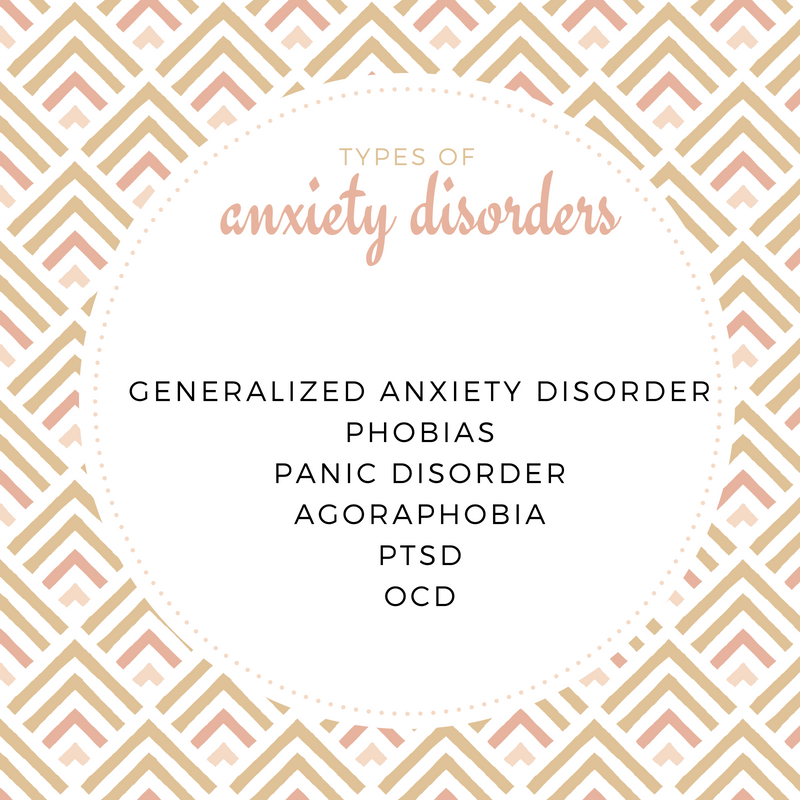
Exploring Anxiety Disorders
We might know what anxiety feels like due to our own personal experiences, but it can be hard to understand the extent of anxiety disorders and how they are classified. All of these disorders have one thing in common: an excessive or persistent worry that may not be applicable to a situation. Many of these anxieties may be learned through previous experiences, which is the evolutionary advantage to remembering our negative experiences in our past, so as to avoid them in the future. However, where these anxieties may come from may not always be clear. The five major anxiety disorders are: generalized anxiety disorder (GAD), specific phobias, panic disorder, PTSD, and OCD.
GAD and Phobias
GAD might be the most explanatory of all of the anxiety disorders that originates from a persistent fear present in many different aspects of life; the worries may pertain to school, work, and different kinds of situations. When the fear is more unique to a certain situation, it is classified as a specific phobia. A lot of us might experience fear in certain situations, but the level of impairment and how it damages one’s day-to-day functioning determines the extent of their phobia. Many people might freeze in these situations or avoid them altogether putting
themselves out of their way due to anxiety in order to avoid further fear and anxiety.
Panic Disorder and Agoraphobia
While panic disorder is the recurrence of unexplainable panic attacks, it is also fueled by a fear of these panic attacks. Due to the unpredictability of these panic attacks, one might start fearing the event of their panic attack. Agoraphobia is a specific phobia that develops out of the anxiety of having panic attacks outside where one might not be able to get help.
PTSD
Post-traumatic stress disorder develops from the experiencing of a specific event that leads to a recurring fear of anything that they might associate with that event. This might make an individual sensitive to loud noises and put their body on high alert resulting in insomnia and
nightmares. This is their bodies way of protecting them from similar events; although, sometimes this can be maladaptive.
OCD
Obsessive-compulsive disorder might be harder to think of as an anxiety disorder. Most people might imagine someone who is compulsively partaking in repetitive behaviors. However, many of these behaviors are rooted in fears and are used as a way to relieve anxiety. The anxiety fueled thoughts that create this fear are known as obsessions, while the repetitive, comforting behaviors that they partake in are known as compulsions, hence obsessive-compulsive disorder.
For example, someone who fears germs and getting sick might wash their hands several times as a way to relieve the anxiety that these thoughts about germs and illness give them. If you are struggling with an anxiety-related disorder or know someone who might be struggling, please feel free to contact the professional team at Lifeline Connections for help!
There are several effective therapies when it comes to anxiety disorders that have been scientifically proven to help alleviate impairing and debilitating symptoms. Getting help for any mental health disorder can improve your prognosis and help you begin your recovery towards a better quality of life. You can visit Lifelineconnections.org or call 360.397.8246 for more information.
